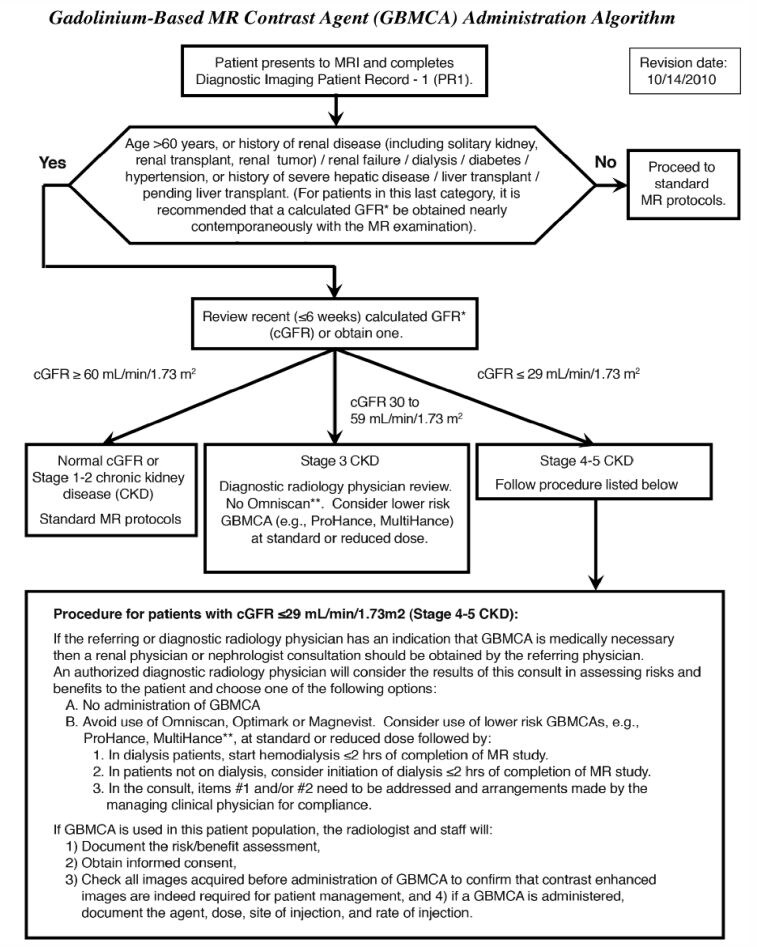
Thermally driven motion of the strongly paramagnetic metal ions in the contrast agent generate the oscillating magnetic fields that provide the relaxation mechanisms that enhance the rate of decay of the induced polarization. Most clinically used MRI contrast agents work by shortening the T1 relaxation time of protons inside tissues via interactions with the nearby contrast agent. 1.5 Oral administration of contrast agents.1.1.3 Safety of gadolinium contrast agents.1.1.2 Gadolinium-containing contrast agents approved for human use.



The most commonly used compounds for contrast enhancement are gadolinium-based. MRI contrast agents are a group of contrast media used to improve the visibility of internal body structures in magnetic resonance imaging (MRI).


 0 kommentar(er)
0 kommentar(er)
